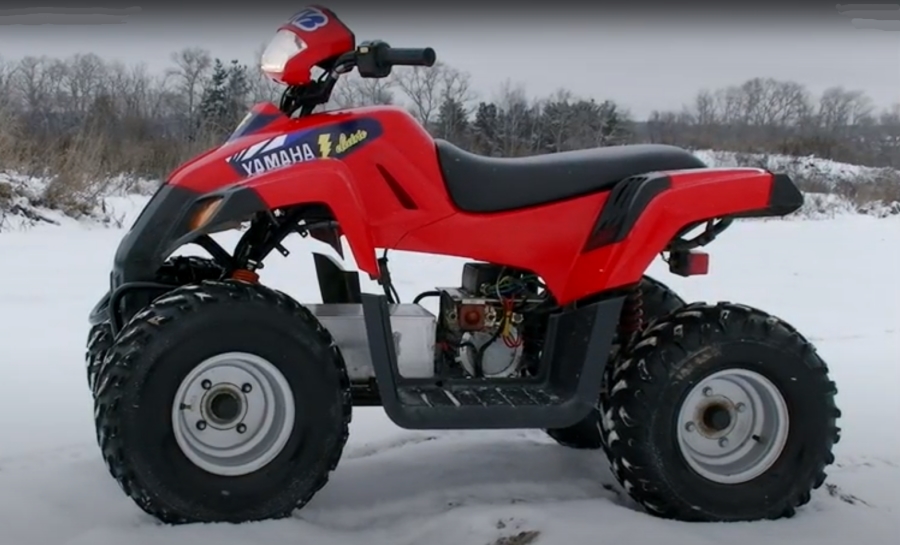If you are designing a vehicle from the ground-up, and you are free to use high voltage with a large battery pack full of high-amp cells, (Tesla cars, Zero motorcycles) then I agree on using a big motor, big watts, and no gears.
However, there are a few user-profiles where it wouldn't be horrible to have a couple gears. In a conversion where you already own the transmission, there is no extra cost. Motors and high-watt controllers are expensive. For me, the biggest issue is the controllers. The large high-amp controllers typically make it expensive or hard for owners to program, and they want to keep their dealers happy by giving dealers a license and passwords to open the firmware up, plus provide a tutorial on the software.
Controllers really need to be matched to a specific motor. Conversions often try to find a good deal on the expensive parts, and they are not always easy to mate. There are drawbacks to using a transmission, but...if you are on a tight budget, the available motor, controller, and battery voltage may limit you to "X" amount of watts.
If you convert an enduro motorcycle to electric, a 2-speed can provide a lower amp-draw when you are choosing between a slow crawl up a steep hill, or top speed when you are on relatively flat and paved streets.
For a quad-runner on a ranch, I'd keep the 4-speed manual trans while using 52V, but on a "street only" motorcycle, I'd go for a big motor and 28S voltage, like Zero.


